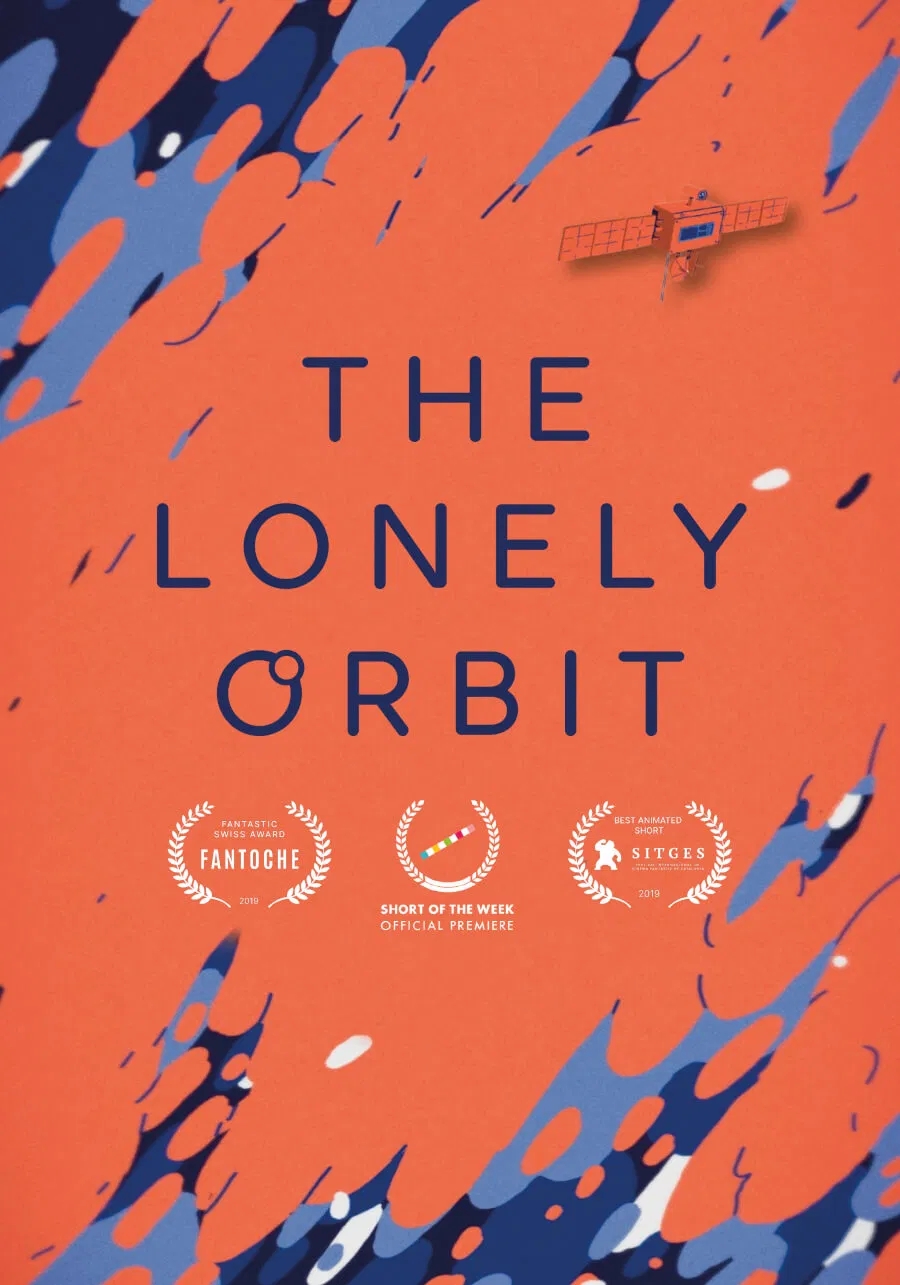Story
The 1939 animated film "Gulliver’s Travels," produced by Fleischer Studios, marked a significant milestone in animation history. Directed by Dave Fleischer, the film introduced innovative animation techniques, including the "Steroptical Process," providing a visual depth previously unseen in animated features. The voice cast, led by Sam Parker as Gulliver and Jessica Dragonette as Princess Glory, brought the characters to life, while musical numbers added a unique dimension.
Deviating from Jonathan Swift’s novel, the film received mixed reviews but is remembered for its historical significance as one of the early American animated musicals. Despite not achieving the success of Disney’s productions, "Gulliver’s Travels" contributed to the evolution of animation as a storytelling medium, showcasing Fleischer Studios’ commitment to pushing creative boundaries.
Fleischer Studios was responsible for introducing the "Steroptical Process" in this film. This technique involved creating three-dimensional sets that were then combined with traditional 2D animation. The result was a visually striking film with a sense of depth not often seen in animations of that time.
"Gulliver’s Travels" featured several musical numbers, including original songs like "It’s a Hap-Hap-Happy Day" and "All’s Well." These songs added a musical and theatrical dimension to the film, making it one of the early animated musicals.
"Gulliver’s Travels" holds historical importance as one of the pioneering feature-length animated films in the United States, coming shortly after Disney’s "Snow White and the Seven Dwarfs" (1937).






















